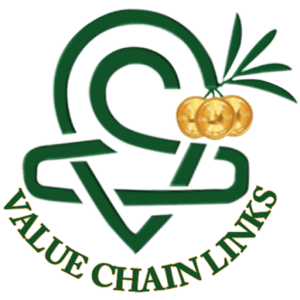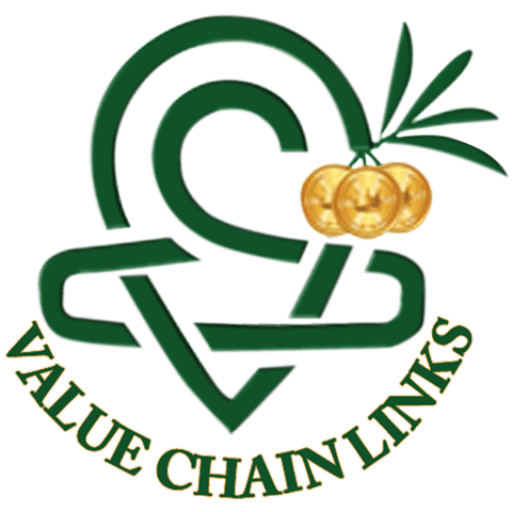A PRONOUNCE SYMBOL OF THE FAILURE IN FIGHTING POVERTY & HUNGER
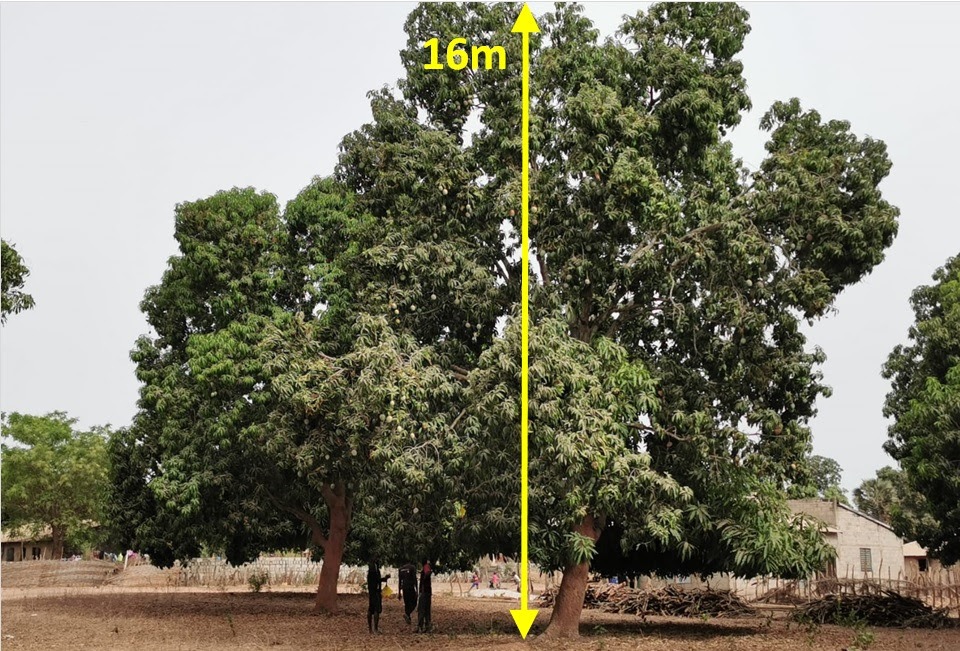
BY DR. NIMROD
“Hundreds of millions of farmers living in poverty are a daily reminder of our continuous failure.”
STATISTICS
Mangoes are the most common fruit trees in Africa and Asia. The livelihood of endless villages, millions of farmers, and their families, depend on mangoes.
The World Bank and nations’ statistical studies show that most of those mango growers are in poverty.
Before we discuss WHY this is the present and speculate about the reasons, allow me to share a personal story with you.
A COURAGEOUS DECISION
I can vividly remember, although it took place over 40 years ago, the fears and the feelings while executing my father’s orders; “I want all trees to be no higher than the height of a man standing on the ground and lifting his arm.”
That meant we had to chop down 50% to 70% of our apple trees’ height and volume and get them down from 8-10m to 3m only.
It may look easy, but the emotional burden for a farmer to cut his trees in such an extreme manner is anything but “easy,” in addition to the physical hardships.
Emotionally, it was too much for us to bare, so we “cheated” and often left the tree with an “extra-meter,” and in total 4m.
Years later, I realized that my father changed the quality, quantity, and ultimately the financial results of our orchards in a single professional decision and heartbeat.
As a ten-year-old child working in our orchards, the very first activities I remember participating in involved pruning, mainly during the cold winter months.
Are you aware of the importance of pruning to the quantity and quality of produce in fruit orchards? Did you ever receive pruning training? Did you see mango growers regularly pruning their trees?
PROUD FARMERS, POOR RESULTS
Often, when I meet a mango grower on his farm, be it in Africa, Asia, or elsewhere, he would proudly show me his orchard with its big tall, healthy trees.
The grower is expecting to hear me saying how wonderful his orchard, fruits, and how well he is taking care of it.
What would you do if you knew that such an orchard has very little value for its owner?
What would you say to this grower if you knew he could have a different, better future? This “better future” can happen if he applies the know-how, which he doesn’t have at the moment, and it requires continuous support and the consideration of the entire agro value chain.
Instead of sharing my thoughts, I smile and say a few genuine, honest words of encouragement and praise that would satisfy the yearning of the grower for positive feedback on his sole hope for a better future; his mango orchard.
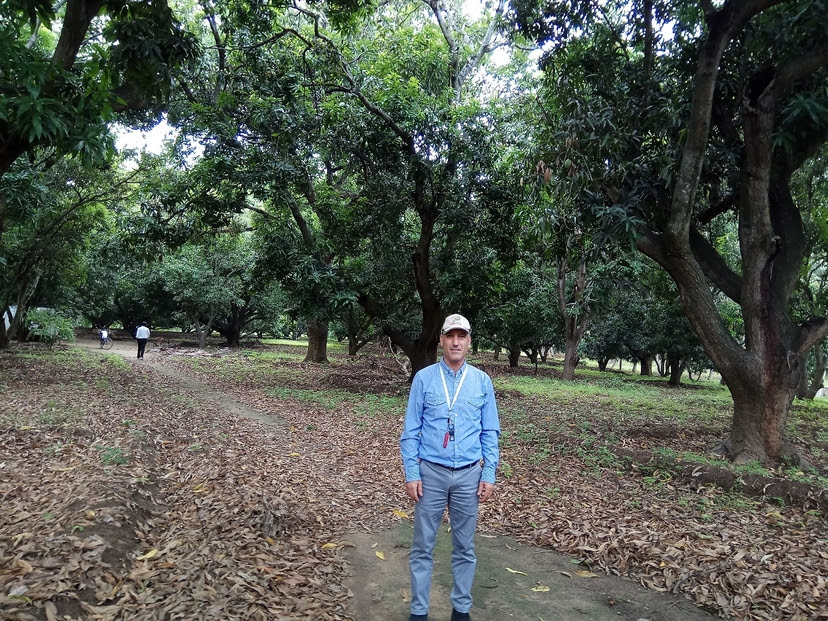
THE UNSPOKEN WORDS
I do not share my full opinion and prediction about his orchard and expected future income with the farmer because “sowing despair” will do no good for no one.
But here, for the first time, I will share with you my professional and business view on the current and possible future state of most mango orchards in Africa and Asia.
Here is why I call the current state of most mango orchards “the curse of the tall trees.”
PROFESSIONAL AND ECONOMIC IMPACT OF THE TALL MANGO TREES:
Spatial fruits’ location – In high trees, most of the fruits are located at the top of the tree, at the end of very long branches. E.g., a tree of 10m tall will often bare its lower fruits starting from 5 meters, while most of them will be at 7m to 10m
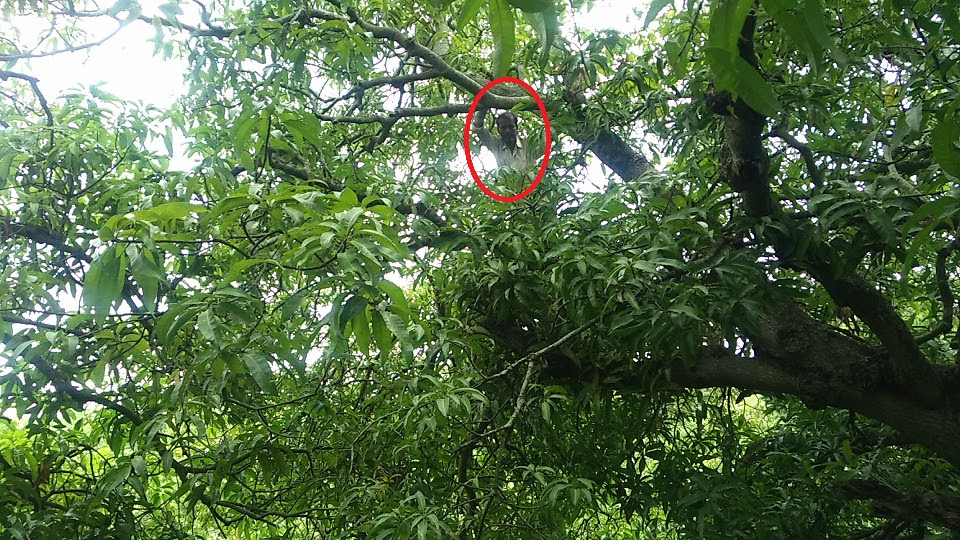
Quality – fruits on the top of a high tree and at the end of a long branch are more affected by winds. Hence, they would suffer from more scratches, tend to fall, and overall, their quality will be compromised.
The comfort of harvesting – getting to a fruit suspended at the end of a long branch, some 10m to 20m above ground level, is not easy, cheap, or safe. Many farmers shared with me their fear of climbing those trees. It means that it will take more effort, time, money (cost), and risk to harvest each fruit.
Such a situation is directly translated into lower quality. Why lower quality? Because, how can you afford “selective harvest” (i.e., harvest by characteristics of size, color, maturity level) as required to fetch the best quality for the premium markets when the cost and risks involved are incredibly high? Comfort is essential not only for quality low-cost harvest but also to improve other parameters. For example, taking care of the Red Ants directly damages the fruit quality and indirectly affects the cost and quality by increasing farmers’ fear of climbing up the trees. No climbing means executing fewer harvest cycles, which means no selective harvest meaning no chances of reaching premium markets.
Yield per tree – at first, farmers are happy because they see more and more fruits per tree. They also convince themselves that the number of fruits per tree is the most critical factor. Depending on environmental parameters, including soil type, we can expect that from year 10, there will be a yield drop per tree, which will continue alongside the decline in other quality parameters.
Yield per hectare –as you have probably already guessed, as the trees mature and get taller, the canopy of the orchard is closing, fruits appear at the top of the trees with fewer at lower easy to harvest, places. The outcome is a decreasing yield per hectare! This is why you can see young orchards with much more fruits of higher quality versus fully mature orchards baring only 3 to 10 tons per hectare. It is not rare that owners of mature orchards would tell you, “last year, we had many more fruits.”
Are you familiar with these types of orchards?
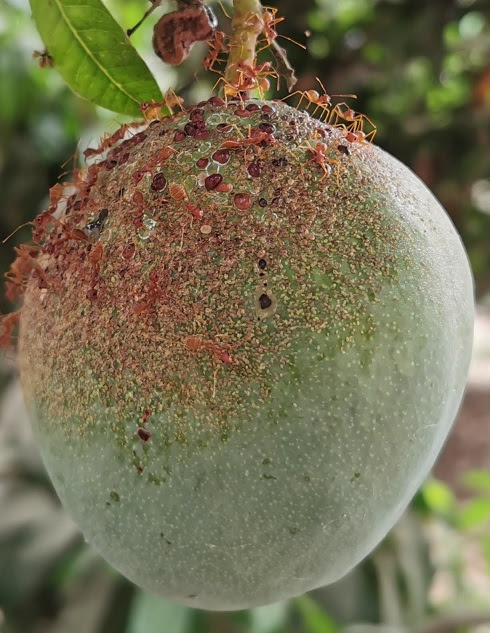
Ask yourself; there are millions of farmers whose livelihood depends on mangoes and other fruit trees. Pruning requires no investments in any infrastructure and technologies but has a dramatic effect on farmers’ income. What training do farmers get in pruning, if any?
CONTINUED NEGLECTION
Why do I refer to the big mango trees as a symbol of the colossal failure of the current approach?
Because unlike the financial state of the farmers, which is sometimes hard to know, or fruit flies which are hard to detect, any professional expert in the field who visits a mango orchard can see in a glimpse its gloomy state.
How can a 1-hectare orchard, with only 5 tons of low-quality produce, support a family of 20 people?
If mango trees get to old age (e.g., 20 to 100 years) without ever being pruned, it means that they have never seen an expert in this field. When you see the farmers of entire regions and countries growing hundreds of thousands of hectares, where none is pruned, you know that it results from a low level of knowledge and neglection.
When you get to a village of 6,000 people, and the head of the village says that “70% of the population depends on mango production”, and then he adds, “The village already took part in many agro-projects.” I hear that and ask myself, “so many projects, yet, the trees are 15m to 20m high, none of the trees is pruned, and the yield is meager?”
Later that day, I get the answer to my question when farmers say to me, “They gave us trees to plant, with no instructions. So we planted the trees, we clear the weeds, and once a year, we harvest the fruits.”
What would you suggest me or others to do next under such circumstances?

IS THERE HOPE?
It is essential to be clear; the current state of the mango industry in Africa (mainly) and Asia is tough, worrying, and at times seems like it has no future.
Regardless of all that, I believe there is hope, and there could be a promising future, only that rehabilitation of the orchard will take longer where the trees are taller.
The fact that many mango growers participating in the Green Valley program demonstrate that:
1) I believe that with the proper support, those farmers can become profitable.
2) I believe that the world cannot afford not to provide a suitable business-oriented solution to these farmers.
3) Green Valley is a strategic, game-changer player who thinks strategically and having the patience and readiness to invest for a long-term return success.
In short, yes, there is hope, and if we act wisely now, millions of farmers will enjoy a better future.
Furthermore, I believe that Africa can and should become the world’s food barn, starting with high-value produce, i.e., mangoes.
What about you? Do you think there is hope, and if “yes,” then where and how do we start the change?
THE STARTING POINT?
For endless reasons, the mango sector is the best candidate to start “The African journey to becoming a food-producing superpower.”
By the way, if you think the mango sector is the best because of its high starting point, you are entirely out of focus! Facts present a picture of an industry in complete collapse –
* Very high number of hectares with mangoes around Africa.
* 50% to 80% fruit loss due to fruit fly infestation.
* Most of the growers are poor, having no training, and often are illiterate,
* Most mango trees suffer from many years of neglect (i.e., big, tall, and old).
* Export ban is imposed on many African countries.
* The very high-quality demands of the importing countries.
* Current low (almost neglected) percentage of export from Africa to premium markets.
You see, the mango sector is a perfect candidate because it is the most challenging starting point. Some may even say that “such a starting point makes it impossible to succeed!”
Precisely because of this low starting point, the mango industry can serve as a good example and model for how African agriculture can (and should) be turned into an advanced and prosperous agro-industry.
| Do you think it is “wise” to start the change with the most challenging crop? WHERE DO WE START?I believe that the best place to start is by facing the harsh truth of the current reality. We can’t get far, not to mention in giant steps, and fast forward before accepting and acknowledging our current state.The next step would be building a strategic work-plan, starting with making a statement, “This is our situation today, and this is what we dream of achieving.”Let’s assume for a moment that you agree with me about the Current State of the mango industry, as described above, and you also join my vision (even if deep inside you think it is impossible) of turning Africa into The Food Barn of The World.Hence, you view the mango industry as a model for this historical transition; if we can do it with mangoes, we can do it with any other crop.Now comes several steps, which I share but not going to get deep into them, either because I have already done it in previous articles or because this is not the focus of this article.Marketing and branding – you do nothing before you have a clear plan of your market plan.Technologies and know-how – Make sure you are equipped with the required tools or that you can have access to or develop such tools along the way.A suitable business model is an essential thing that the agro-sector in emerging economies needs more than anything else. THE MANGO INDUSTRY AS A MODELAllow me to “translate” the above steps into the Green Valley vocabulary and its implementation in the mango industry.We started by analyzing the global market and noticing the massive gap between the demands for high-quality mangoes in the premium markets to the low quality and quantity delivered today.Then we made sure we are equipped with the “must-have” technologies, know-how, and protocols to bring a swift change. This includes implementing a revolutionary technology for the control of the African fruit flies, the FreeDome, and a complementary novel protocol, the FFCTZ.Last but not least, we developed a tailor-made business model for emerging economies, the Green Valley Package. This model accommodates the needs and requirements of farmers, supply value chain partners, and consumers in a way that will fit into the advanced global business environment and per Green Valley’s Vision and Mission. What would be your advice to make Green Valley even better? Would you like to see Green Valley in your country, with your farmers? |
| TAKEAWAYS» A LONG-TERM holistic approach is needed to recover the mango industry.» FRUIT FLIES are the #1 problem of mango growers, and tree training is #2.» DOUBLING the income of mango growers is feasible by using simple protocols for fruit fly control and pruning. |
| Please, if you found value in this article, it would mean a lot to me if you send me a comment and share it with your friends. |
